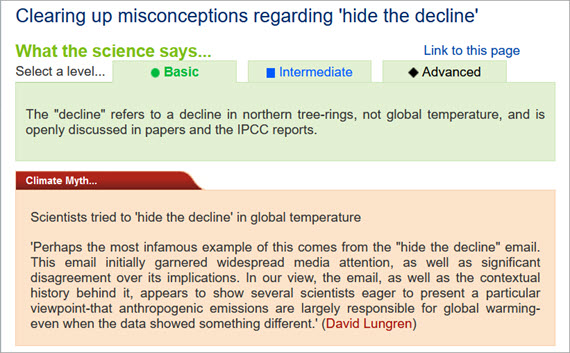Fishes, Vol. 8, Pages 78: The Environmental Niche of the Tuna Purse Seine Fleet in the Western and Central Pacific Ocean Based on Different Fisheries Data
Fishes doi: 10.3390/fishes8020078
Authors: Shenglong Yang Linlin Yu Fei Wang Tianfei Chen Yingjie Fei Shengmao Zhang Wei Fan
Understanding the spatial pattern of human fishing activity is very important for fisheries’ resource monitoring and spatial management. The environmental preferences of tropical tuna purse seine fleet in the Western and Central Pacific Ocean (WCPO) were constructed and compared at different spatial scales based on the fishing effort (FE) data from the available automatic identification system (AIS) and commercial fishery data compiled from the Western and Central Pacific Fisheries Commission (WCPFC), using maximum entropy (MaxEnt) methods. The MaxEnt models were fitted with FE and commercial fishery data and remote sensing environmental data. Our results showed that the area under the curve (AUC) value each month based on the commercial fishery data (1°) and FE at 0.25° and 0.5° spatial scales was greater than 0.8. The AUC values each month based on the FE data at a 1° scale ranged from 0.775 to 0.829. The AUC values based on commercial fishing data at the 1° scale were comparable to the model results based on FE data at the 0.5° scale and inferior to the model results based on FE data at the 0.25° scales. Overall, the sea surface temperature (SST), temperature at 100 metres (T100), oxygen concentration at 100 metres (O100) and total primary production (PP) had the greatest influence on the distribution of the purse seine tuna fleet. The oxygen concentration at 200 metres (O200), distance to shore (DSH), dissolved oxygen (Dox), EKE, mixed layer depth (Mld), sea surface salinity (SSS), salinity at 100 metres (S100) and salinity at 200 metres (S200) had moderate influences, and other environmental variables had little influence. The suitable habitat areas varied in response to environmental conditions. The purse seine tuna fleet was mostly present at locations where the SST, T100, O100, O200 and PP were 28–30 °C, 27–29 °C, 150–200 mmol/m−3 and 5–10 mg/m−3, respectively. The MaxEnt models enable the integration of AIS data and high-resolution environmental data from satellite remote sensing to describe the spatiotemporal distribution of the tuna purse seine fishery and the influence of environmental variables on the distribution, and can provide forecasts for fishing ground distributions based on future remote sensing environmental data.

 1 year ago
29
1 year ago
29


